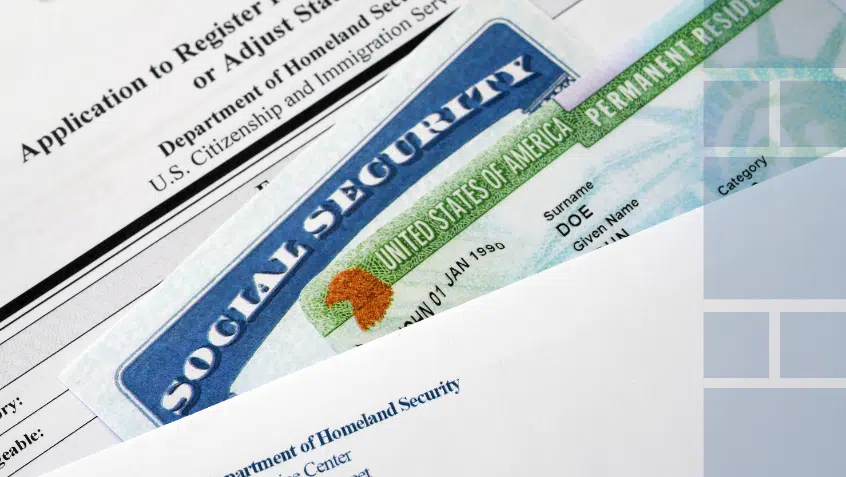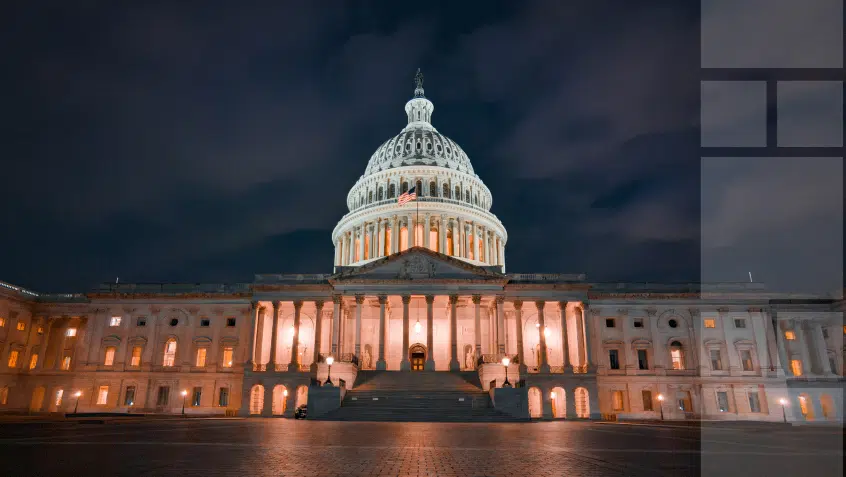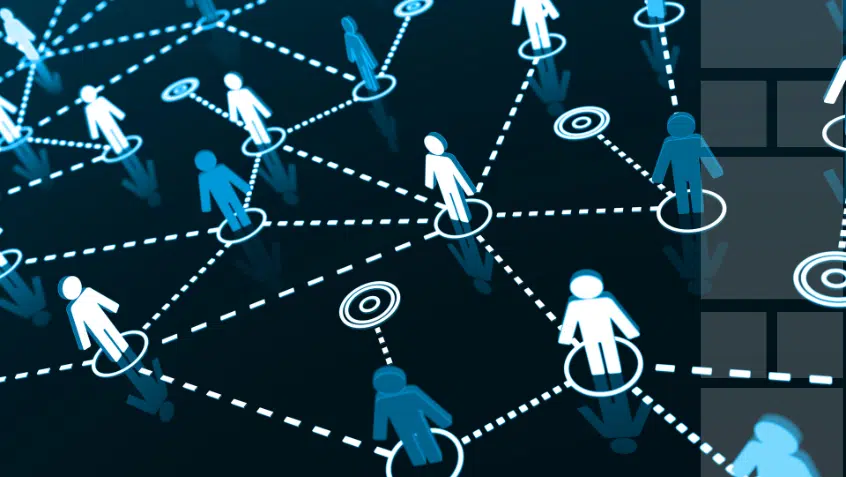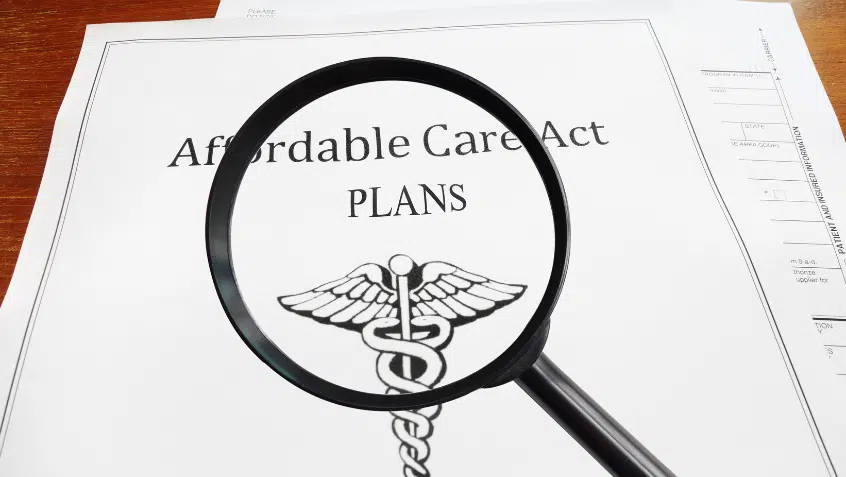Join Us Live for a Discussion on Medicare, Democracy, and the Future of Health Care
For Many with Medicare Part D, There’s No Limit to What You Can Spend on Prescriptions
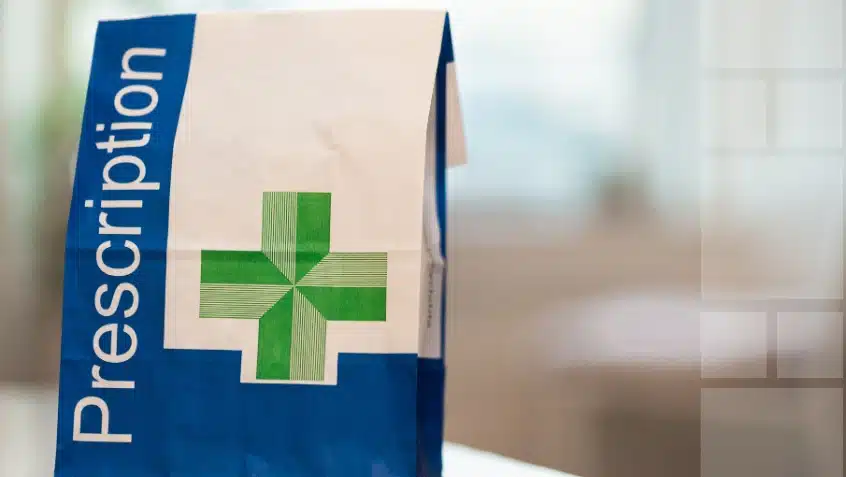
According to a new issue brief by the Kaiser Family Foundation (KFF), one million people with Medicare Part D had drug costs above the catastrophic limit in 2015. On average, they spent $1,251 after they hit the catastrophic limit and more than $3,000 total on their prescriptions for the year.
While Part D helps bring down the drug costs for people with Part D, many are still exposed to high drug costs. This is because Part D does not place a cap on how much people can spend out of pocket on their drugs.
Under Part D, catastrophic coverage is meant to protect people with Medicare from paying very high costs once they pay a certain amount out-of-pocket. However, people with Part D are still required to pay up to 5% of the cost of their drug once they hit catastrophic coverage unless they qualify for the low-income subsidy, known as Extra Help, that helps pay for Part D costs.
More people are affected every year. According to KFF, the number of people with Part D without Extra Help who had drug costs after reaching catastrophic coverage more than doubled between 2008 and 2015. Those who had drug costs beyond the catastrophic limit in 2015 made up just 2% of total Part D enrollees; however, these costs accounted for 20% ($3 billion) of total out-of-pocket drug costs for all enrollees ($15 billion) that year.
Show Comments
We welcome thoughtful, respectful discussion on our website. To maintain a safe and constructive environment, comments that include profanity or violent, threatening language will be hidden. We may ban commentors who repeatedly cross these guidelines.
Help Us Protect & Strengthen Medicare.
Donate today and make a lasting impact.
The Latest
Most Read
Add Medicare to Your Inbox
Sign up to receive Medicare news, policy developments, and other useful updates from the Medicare Rights.
View this profile on InstagramMedicare Rights Center (@medicarerights) • Instagram photos and videos

